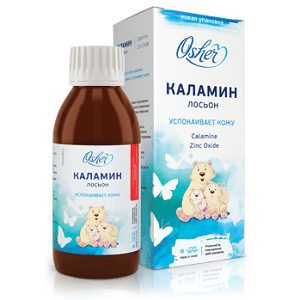
Siverti
The effect of ionizing radiation on living organisms is measured in units called sieverts (Sv). In Poland, the average annual radiation dose from natural sources is 2,4 millisieverts (mSv). With X-rays, we receive a dose of 0,7 mSv, and a year's stay in an inexhaustible house on a granite substrate is associated with a dose of 20 mSv. In the Iranian city of Ramsar (more than 30 inhabitants), the annual natural dose is 300 mSv. Areas outside of the Fukushima-20 nuclear power plant currently have the highest levels of pollution at XNUMX mSv per year.
Radiation received in the immediate vicinity of an operating nuclear power plant increases the annual dose by less than 0,001 mSv.
No one died from the ionizing radiation released during the Fukushima-XNUMX accident. Thus, the event is not classified as a disaster (which should result in the death of at least six people), but as a serious industrial accident.
In nuclear energy, protecting human health and life is always the most important thing. Therefore, immediately after the accident at Fukushima, an evacuation was ordered in a 20-kilometer zone around the power plant, and then it was extended to 30 km. Among 220 thousand people from contaminated territories, no cases of health damage caused by ionizing radiation have been identified.
Children in the Fukushima area are not in danger. In the group of 11 children who received the maximum radiation doses, the doses to the thyroid gland ranged from 5 to 35 mSv, which corresponds to a dose to the whole body from 0,2 to 1,4 mSv. The International Atomic Energy Agency recommends the administration of stable iodine at a thyroid dose above 50 mSv. For comparison: according to the current US standards, the dose after an accident at the border of the exclusion zone should not exceed 3000 mSv to the thyroid gland. In Poland, a Council of Ministers Decree of 2004 recommends the administration of stable iodine preparations if any person from the hazardous area is able to receive an absorbed dose of at least 100 mSv to the thyroid gland. At lower doses, no intervention is required.
The data show that despite the temporary increase in radiation during the Fukushima accident, the final radiological consequences of the accident are negligible. The radiation power recorded outside the power plant exceeded the allowable annual dose by several times. These increases never lasted more than a day and therefore did not affect the health of the population. The regulation says that in order to pose a threat, they must remain above the norm for a year.
The first residents returned to the evacuation zone between 30 and 20 km from the power plant just six months after the accident.
The highest pollution in areas outside the Fukushima-2012 NPP at present (in 20) reaches 1 mSv per year. Contaminated areas are disinfected by removing the top layer of soil, dust and debris. The aim of the decontamination is to reduce the long-term additional annual dose below XNUMX mSv.
The Japan Atomic Energy Commission has calculated that even after taking into account the costs associated with the earthquake and tsunami, including the costs of evacuation, compensation and decommissioning of the Fukushima NPP, nuclear energy remains the cheapest source of energy in Japan.
It should be emphasized that contamination with fission products decreases with time, since each atom, after emitting radiation, ceases to be radioactive. Therefore, over time, radioactive contamination falls by itself almost to zero. In the case of chemical pollution, pollutants often do not decompose and, if not disposed of, can be lethal for up to millions of years.
Source: National Center for Nuclear Research.
